
When it comes to planets, the largest planet in the universe probably isn't the most massive.
Continue reading

Researchers at the University of Buffalo's CASH Lab are working on a glider inspired by the stingray to explore Venus.
Continue reading

Continue reading

The KBO formerly known as Ultima Thule (2014 MU69) has officially been named "Arrokoth", the traditional Powhatan-Algonquin language.
Continue reading

Continue reading
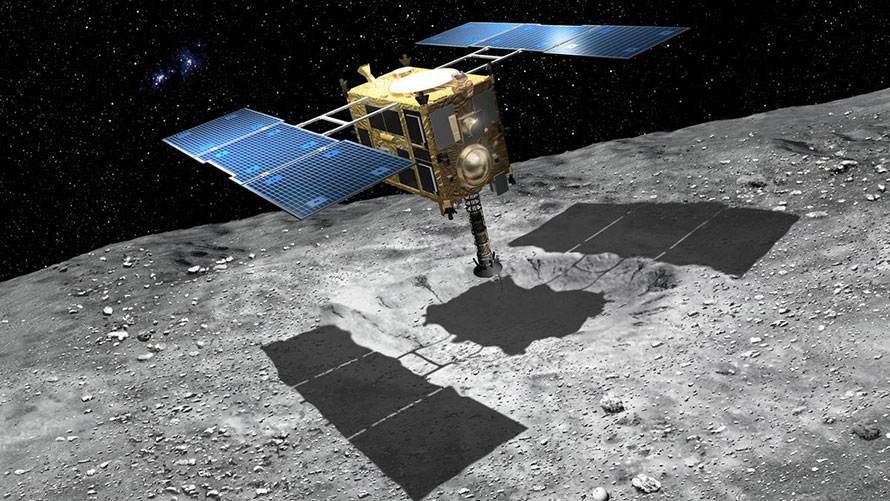
Continue reading

Continue reading

Continue reading

A new study compares two potential means of interstellar exploration, which could have implications for both space exploration and the search for extra-terrestrial intelligence.
Continue reading

Continue reading
Continue reading

Continue reading

Continue reading

For the northern hemisphere observers, November is fireball season. This month, keep an eye out for two sure-fire annual meteor showers, and—just maybe—a wild card outburst from the obscure Alpha Monocerotids worth watching out for.
Continue reading

Continue reading

The large-scale and highly-detailed TNG50 simulation has allowed scientists to shed new light on the evolution of the cosmos and galaxies.
Continue reading

NASA has just released a beautiful panoramic image of the southern sky, which is composed of images taken by the TESS mission during its first year.
Continue reading

Researchers from the University of Waterloo, Ontario, have developed an "artificial leaf" that has the potential to turn carbon emissions into a source of biofuel.
Continue reading

NASA is developing an advanced new coating that could protect everything from spacecraft systems to astronauts from harmful lunar dust.
Continue reading

Continue reading
Continue reading

Continue reading

Based on a new study, it is possible that the first stars in our Universe formed about 1 billion years earlier than we thought.
Continue reading

Continue reading

Engineers at NASA Goddard have completed flight tests on their revolutionary new cooling system, which has the potential to lead to smaller electronics.
Continue reading

Continue reading

Continue reading

A team of astronomers recently discovered the smallest black hole to date, which indicates that there may be far more out there than we previously thought.
Continue reading

Using the Very Large Telescope, an international team of astronomers observed Hygeia and determined it could be the smallest dwarf planet to date!
Continue reading

Continue reading

The Mars 2020 rover recently passed a milestone at NASA JPL, where it stood on its wheels and legs for the very first time.
Continue reading

Continue reading

Continue reading

Continue reading

Continue reading

NASA has plans to send the VIPER rover to the South Pole of the Moon to look for water ice, in preparation for sending astronauts there in 2024.
Continue reading
Continue reading
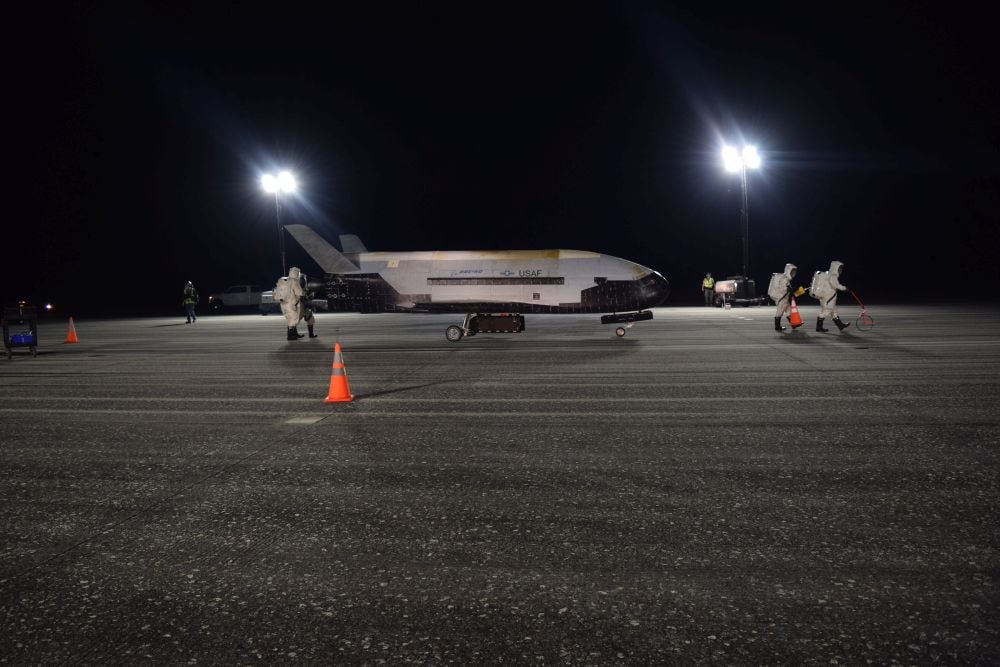
Continue reading
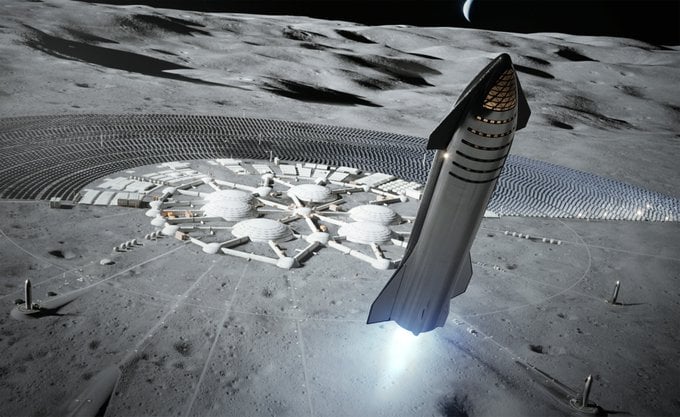
As the president of SpaceX said at the 2019 IAC, the company hopes to conduct missions to the Moon by 2022, and to send people there by 2024
Continue reading

Continue reading

Continue reading
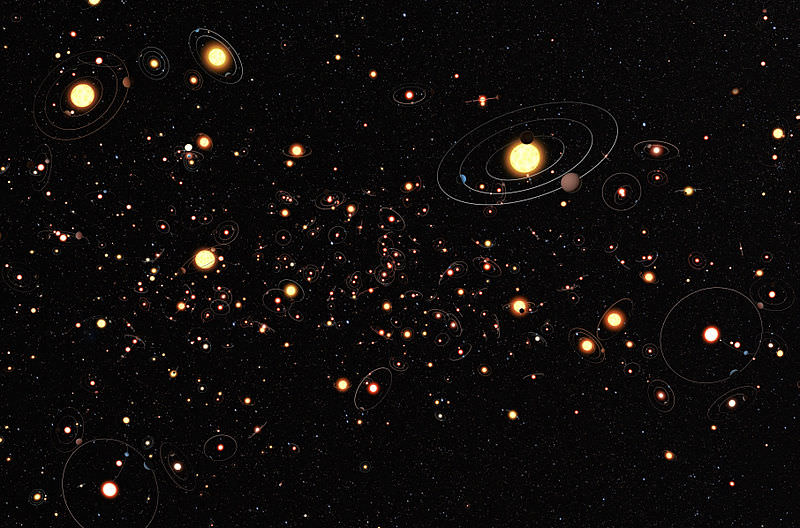
Breakthrough Listen recently entered into a partnership with members of the NASA TESS mission team to search for aliens!
Continue reading

Reaction Engines Ltd. recently passed a major milestone with the development of their SABRE engine, which could lead to spaceplanes that don't rely on rocket boosters.
Continue reading

Continue reading

Continue reading
Continue reading

Continue reading

Continue reading
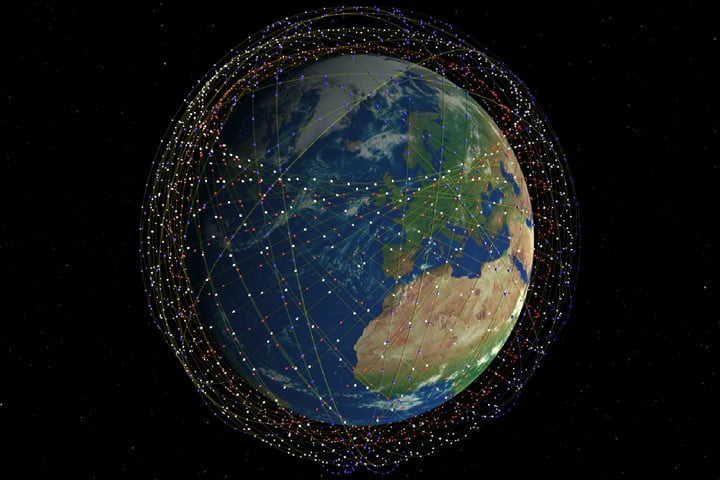
Starlink could be offering services by this time next year, and Musk just tested it by sending out the inaugural tweet (spoiler alert, it worked!)
Continue reading

Continue reading














































